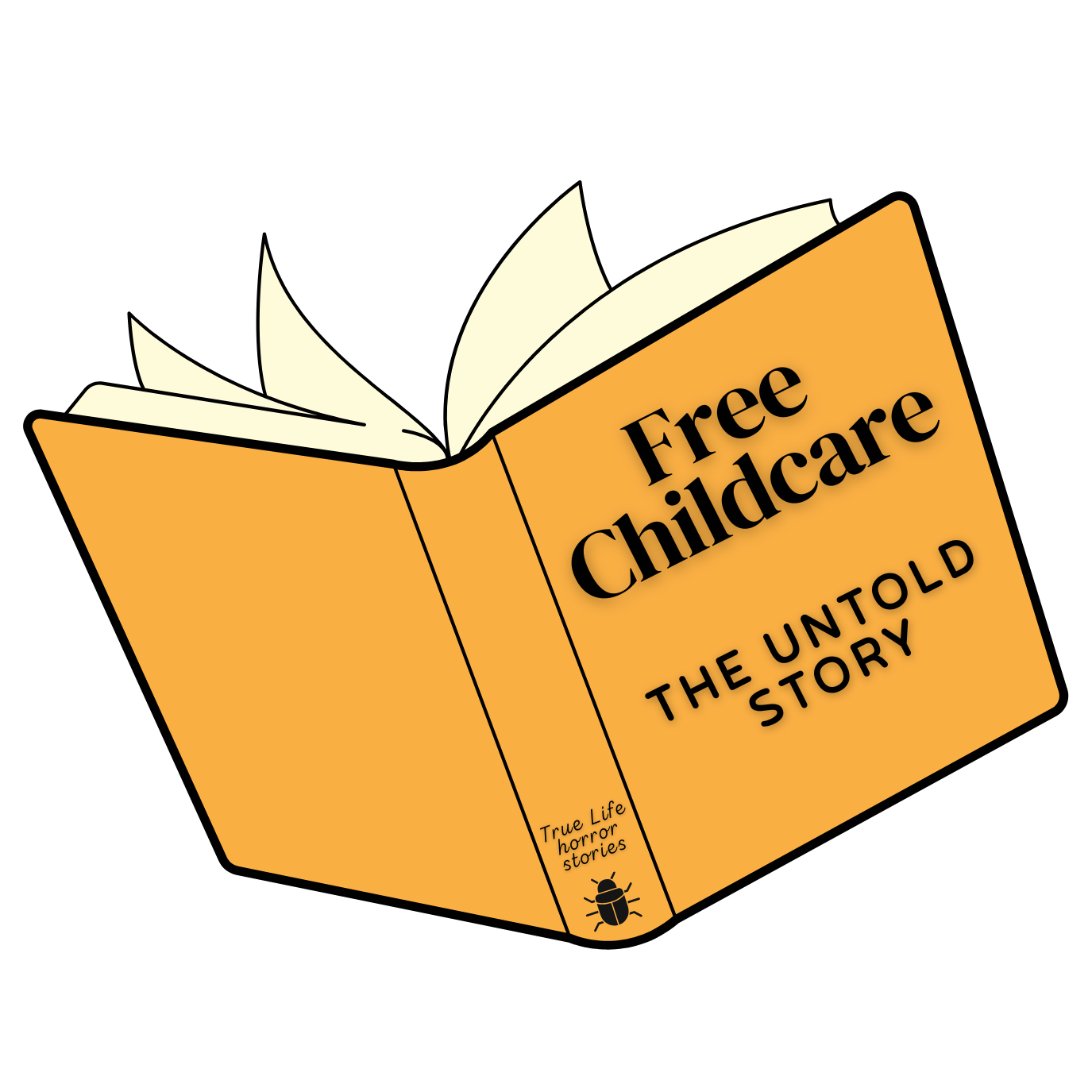Picture this: it’s Monday morning. You’re juggling bags, lunchboxes, and two little hands. The government’s latest adverts promise a neat solution — one drop-off for both children, at the same school gate. Easy. Convenient. Done.
But here’s the question no one’s asking: is convenience really what’s best for your child? Because those glossy reels hide the reality: schools are already bursting at the seams, teachers are
leaving in droves, and funding is stretched thinner than ever. Into this mix, the government now wants to pour our youngest children — babies and toddlers who need something very different from what schools are designed to provide.
What Young Children Really Need
Walk into a high-quality nursery or early years setting and you’ll feel it immediately. A child toddles over with a book, and the practitioner kneels down, eyes warm, fully present. Another child is absorbed in play, stacking blocks higher and higher, while an adult nearby quietly encourages, “I wonder how many more will fit?”
These aren’t small details. They’re the foundations of brain development. Secure relationships. Gentle encouragement. Adults who have the time to notice and respond.
Now compare that to what happens when settings are underfunded and overstretched. Routines take over. Staff don’t mean to rush, but they have no choice. Nappies are changed in a line. Lunch is served to a whole room at once. Children are cared for in groups, not as individuals. The warmth is still there in staff hearts, but the system doesn’t allow it to flow.
And here’s the thing: children feel the difference. Deeply.
The Long Shadow of Early Years
The first five years of life aren’t just about getting through the day. They are the years when your child’s brain is wiring up at a breathtaking speed. Every smile, every conversation, every moment of being seen and soothed lays down pathways that shape who they will become.
When children don’t get enough of this — not through anyone’s fault, but because the system makes it impossible — the impact lingers. It can show up as anxiety, difficulties with focus, struggles with friendships, or gaps in learning. These aren’t “little issues.” They’re the roots from which the rest of life grows.
Why “Free” Isn’t Always Best
The government is proudly offering more “free” childcare hours by pushing it into schools. But free doesn’t mean quality. And quality is what matters most in these early years.
Parents are being sold the idea that convenience is the win. One gate. One drop-off. Tick the box and move on. But childhood isn’t a box to tick. It’s a living, breathing stage of life that deserves more than convenience.
Investing in What Matters Most
Here’s the truth: the early years sector is underfunded. Many nurseries are struggling to stay open. Staff are underpaid, exhausted, and leaving. But the very best settings — the ones where children are truly known, cherished, and supported — still exist.
And as a parent, you have a choice.
Yes, it might mean paying more. Yes, it might mean an extra stop on the school run. But investing in high-quality early years care isn’t just about today. It’s about giving your child the best possible start in life.
Every pound you spend now pays back a thousand-fold in your child’s confidence, resilience, and joy in learning. Because what you’re really investing in isn’t childcare. It’s childhood.
The Real Question for Parents
When you’re faced with the decision — the easy option at the school gate, or the richer option where your child is known by name, comforted when they cry, encouraged when they play — pause and ask yourself:
👉 What will my child remember? 👉 What will shape who they become?
Convenience is tempting. But love, time, and individual care are what truly last. And those are worth investing in. Always.
The Reality Behind the Headlines: Why “Free Childcare” Isn’t Free
This past week has seen a flurry of government announcements about early years: Prime Minister Keir Starmer’s open letter to parents, full of promises under the Best Start in Life banner, and the appointment of Olivia Bailey as the new Early Education Minister. On...
What on earth is going on with childcare fees?
When the government announced that 30 hours of free childcare would be extended to children from nine months old, I felt a wave of relief. Like many parents, I thought this was finally the breakthrough we’d all been waiting for. Childcare is one of the biggest...
The Myth of ‘Free’ Childcare: A Crisis in the Making
September marks the arrival of the much-publicised 30 hours of so-called ‘free childcare.’ For parents, this announcement often brings relief. For childcare providers, it’s more likely to bring a deep sigh of dread. The reality behind the headline offer involves...
